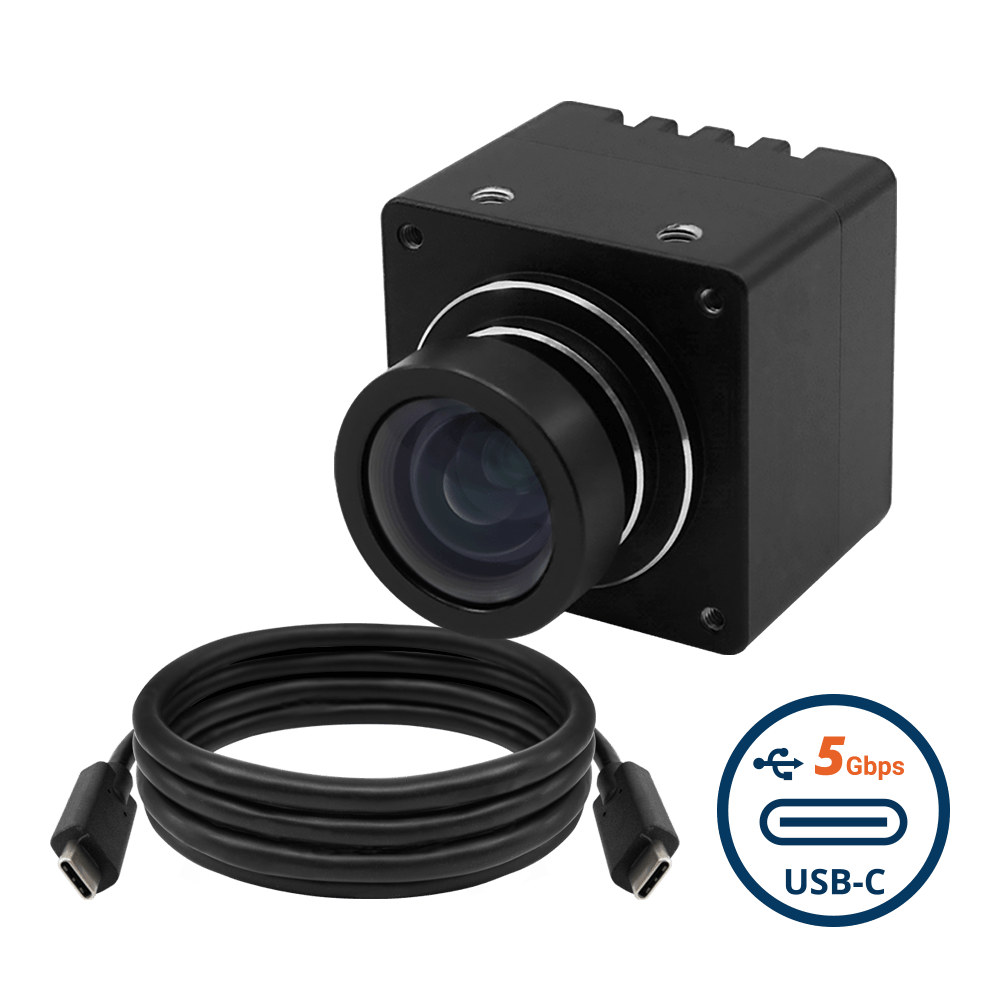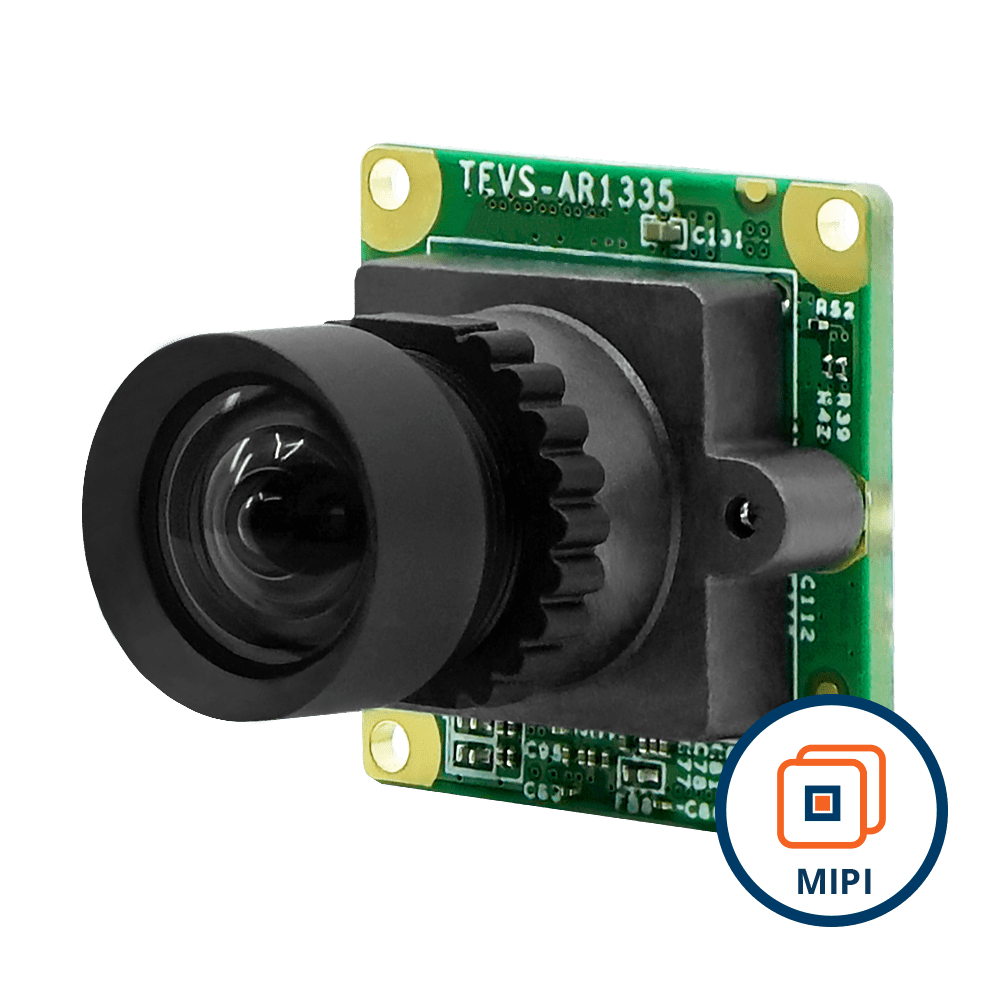The industrial sector is where the impact of embedded vision has been the most visible in the last decade. However, though adoption rates are lower, there are many other areas where embedded vision technology has transformed the way we live. The medical sector is one where the integration of cameras into medical devices has had a significant positive effect.
This has enabled better diagnosis and faster treatment owing to the following advantages:
- Cameras can capture better details compared to what the human eye can see.
- You can zoom in on specific areas of the human body – such as the eye.
- Automated diagnosis and analysis using AI and ML algorithms can be made possible only with the use of cameras.
- Sections of the human body that cannot be observed under visible light can be viewed using NIR cameras.
In this article, let us learn how embedded cameras have transformed medical care by giving ‘vision’ to modern medical devices. We will do this by looking at healthcare applications that use cameras to enhance patient care and safety.
Medical cameras in embedded vision
There is a wide variety of medical devices that use camera modules in them. It is challenging to build an exhaustive list, especially given that newer applications are emerging almost every day. Hence, we will attempt to look at the most popular ones that make the best use of cameras today.
Broadly speaking, following are the different camera-enabled applications in healthcare:
- Point-of-care devices
- Lab and life science equipment
- Patient monitoring and communication
- Medical robots
- 3D stereo photogrammetry
1. Point-of-care devices
Point-of-care testing (POCT) refers to using testing techniques to diagnose medical conditions at the point of care. Devices used for point-of-care testing are called point-of-care devices. They can be used to test eyes, skin, teeth, or any other organ that can be tested at the point of care. Camera-enabled point-of-care devices are also used for different in vitro diagnostic procedures to analyze blood and urine.
Given below are some of the most common point-of-care applications that leverage cameras:
- Eye diagnostics: Devices like retina scanners and fundus cameras use embedded camera modules to capture the intricate details of the eye. To capture elements like the retina and optic nerves, they need cameras with features such as NIR sensitivity, autofocus, and accurate color reproduction. These camera-based ophthalmology devices are used to diagnose diseases like optic atrophy, macular degeneration, glaucoma, retinopathy, etc.
- Skin scanners: Skin scanners are used by dermatologists to examine the surface of the human skin to better diagnose dermatological conditions such as lesions, wrinkles, spots, and pores. The higher the resolution of the camera used in the scanner, the better the quality and details of the image obtained, and the higher the ability of the doctor to arrive at the right diagnosis.
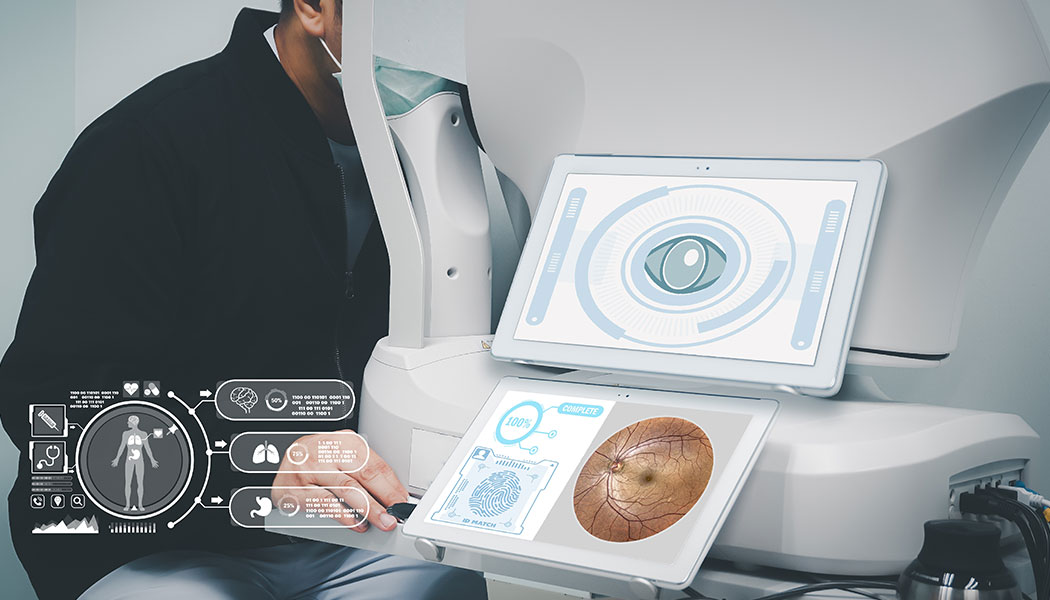
A fundus camera
- Dentistry equipment: The most common type of camera-based dental equipment is an intraoral camera. As the term suggests, intraoral cameras are used for inspecting the interiors of the mouth to get a clear view of teeth. Intraoral cameras solve the problem of lack of visibility of the patient’s teeth and ensure that no dents or cracks are missed. Camera modules in intraoral cameras need features like autofocus, small form factor, and high resolution. A low power consumption is also recommended since that would support a longer battery.
- In vitro diagnostics: In vitro diagnostic procedures are used to analyze body fluids like blood, urine, and saliva. Today, camera modules are used in in vitro diagnostic devices primarily for checking the quality and placement of the sample. For example, consider a blood analysis device like a spectrophotometer. Cameras are used in them to check if the sample is contaminated with bubbles or other substances.
- Wound measurement: Wound measurement devices integrated with cameras are used to accurately measure the dimensions of a wound. This technique is used to analyze the conditions of the wound and track the progress of healing during the treatment period.
2. Lab and life science equipment
There is often a debate as to whether in vitro diagnostic devices belong to the lab equipment category or point-of-care devices. While some favor the former, a few others go with the latter. These categorizations have kind of evolved organically over time and do not have a universal standard. Whatever the case, for this discussion, let us classify camera-enabled lab and life science equipment into 3.
- Digital microscopes: In the earlier days, microscopes used lenses to magnify the specimen. While this is still in use, the method at times doesn’t offer great clarity and details. In addition, if the analysis of the images has to be done using a computer vision software, lenses are of no good. This is where camera modules come into play. The key camera features of digital microscopes include small form factor, high resolution, small pixel size, and digital or optical zoom.
- Diagnostic devices: Apart from spectrophotometers, examples of other lab diagnostic equipment that use cameras include flow cytometers, automated immunoassay analyzers, and viscometers. While flow cytometers are used to measure the characteristics of cells and other particles, automated immunoassay analyzers are used to identify and detect the concentration of specific substances in a sample. On the other hand, viscometers help measure the viscosity of fluids.
- Digital liquid handling systems: Digital liquid handling systems are used to manage fluids in lab experiments. Their functions include identifying the sample in a test tube, counting the number of each sample, and ensuring the proper arrangement of samples in a test setup. The necessary features of the camera will vary depending on the particular use case. However, in general, they need to come with high sensitivity and excellent color reproduction.
More about how cameras are revolutionizing lab experiments here: Digitizing Laboratory Equipment with Embedded Cameras.
3. Patient monitoring and communication
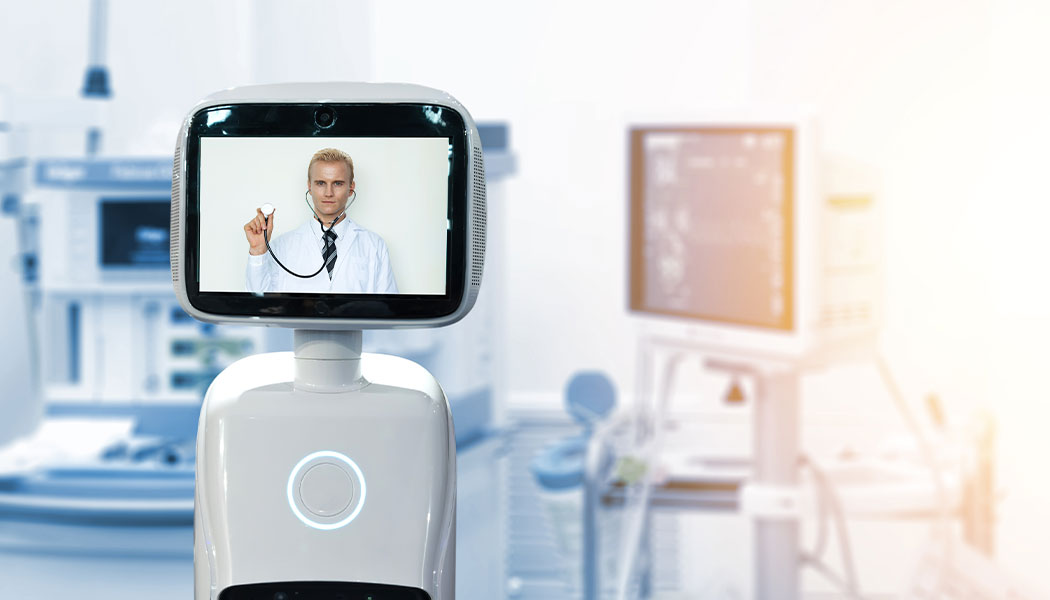
A telecommunication system used for patient care
Patient monitoring in the past used to be a laborious and time-consuming process. But this has changed with the advent of embedded vision. Remote patient monitoring can now be done completely in an automated manner without the continuous attention of medical staff. With AI and ML-enabled cameras, incidents like falls can be detected and alerts can be sent to the medical staff for immediate action.
Since patient monitoring cameras need to operate 24×7, they should have good low-light sensitivity. In no-light conditions, they use IR illumination, which in turn means that the camera should be sensitive to the infrared spectrum. Monochrome cameras might be a better fit in such a scenario since they tend to come with better sensitivity compared to their color counterparts.
Another key use case of embedded cameras in treatment and patient care is remote communication. Doctors, medical care professionals, and patients can use telehealth devices for remote consultation and guidance. Today even robots are used for telecommunication in hospitals and care homes.
Using telehealth devices fitted with cameras has offered the following advantages to patients and care professionals:
- They made it possible to consult patients without the physical presence of a doctor.
- Telecommunication made the treatment process convenient for the elderly and people with disabilities since they don’t have to travel long distances every time they have to see a doctor.
- It helped fill the demand-supply gap in the medical industry to some extent by enabling doctors to see more patients in a given time. This is particularly useful for people in the suburbs or rural areas where medical professionals might not be always available.
4. Medical robots
Natural vignetting is caused by the angle of light entering the lens and hitting the camera sensor. It usually shows up as a gradual darkening at the edges of the image and is more noticeable in wide-angle lenses. This happens because light rays at the edges of the lens have to travel farther, leading to a decrease in brightness.
In the medical and healthcare industry, robots are primarily used for 3 purposes:
- Telepresence: Telepresence robots, unlike other telehealth devices, are portable and hence can be moved to different locations easily depending on where the need is. While some of these robots are guided, some can have the ability to move autonomously without the help of a human or even a line to follow. Cameras used in telepresence robots come with high resolution, zoom, and good color sensitivity.
- Drug delivery: You might have heard about delivery robots used to deliver food and packages. Drug delivery robots serve a similar purpose but are used inside a hospital or a care center. They can carry medicines and medical supplies from one point to another. This way, they help to automate mundane tasks that otherwise take up a significant amount of the medical staff’s time.
- Surgeries: In surgery, cameras help surgeons get a clear and magnified view of the surgical area, perform robotic surgeries, and carry out endoscopic procedures. Cameras act as an ‘assistant’ to surgeons, enabling a more convenient and effective way of performing surgeries. These cameras usually come with high resolution, good color reproduction, and a finetuned ISP.
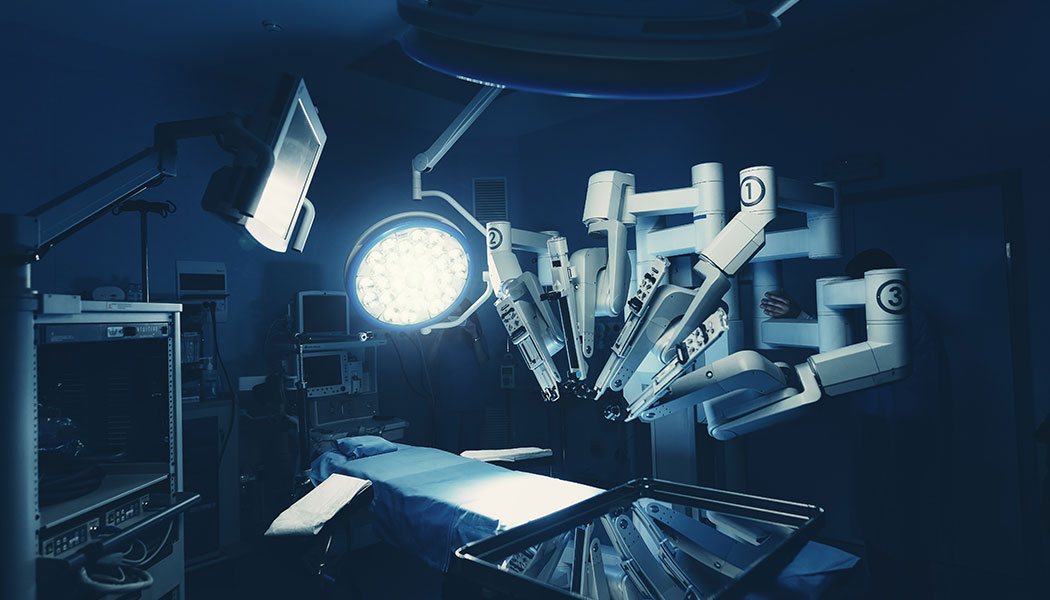
A robotic surgery setup
5. 3D stereo photogrammetry
In medical imaging, 3D stereo photogrammetry is used to create a 3D model of a human body part or the entire body itself. The technique combines 2D cameras and depth sensing to create the 3D model. It is used in orthopedics, orthodontics, and post-operative & surgical care.
3D stereo photogrammetry offers several advantages such as:
- Lower cost compared to traditional scanning techniques.
- Can effectively capture non-static subjects.
- Doesn’t use any harmful radiation.
- Can create a 360 degree image of the subject in one go.
To discover more about how 3D stereo photogrammetry is used in the medical industry, please read the below article:
Multi-camera 3D Scanning in Medical Applications Using Embedded Cameras
TechNexion – new-age cameras for modern medical devices
Ever since the launch of our embedded cameras a few years ago, TechNexion has made a notable impact in the embedded vision industry. In addition to offering cameras for the industrial, smart city, and retail sectors, we also have camera solutions suited for various medical applications. Learn more about our embedded vision solutions here: embedded vision cameras.

